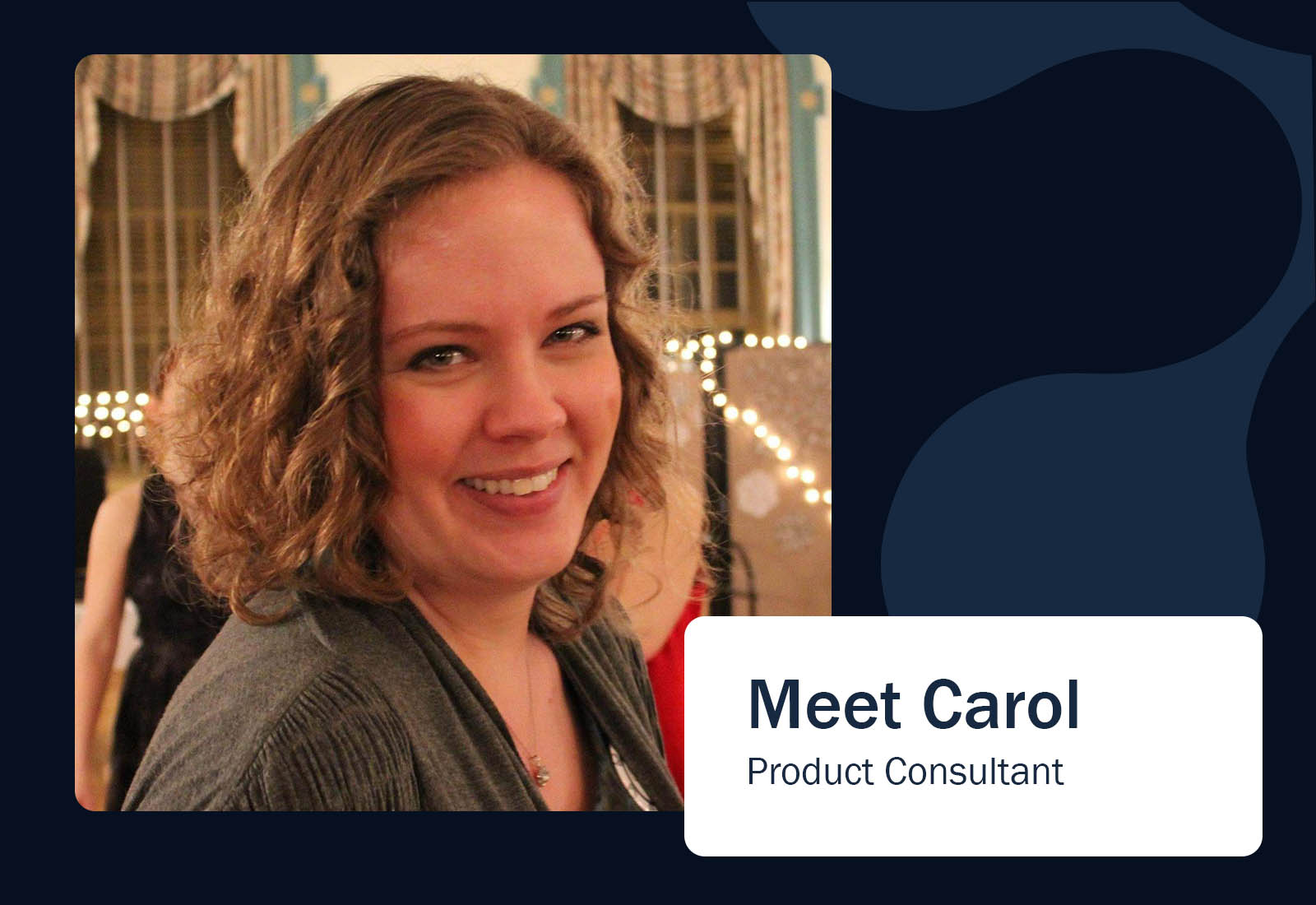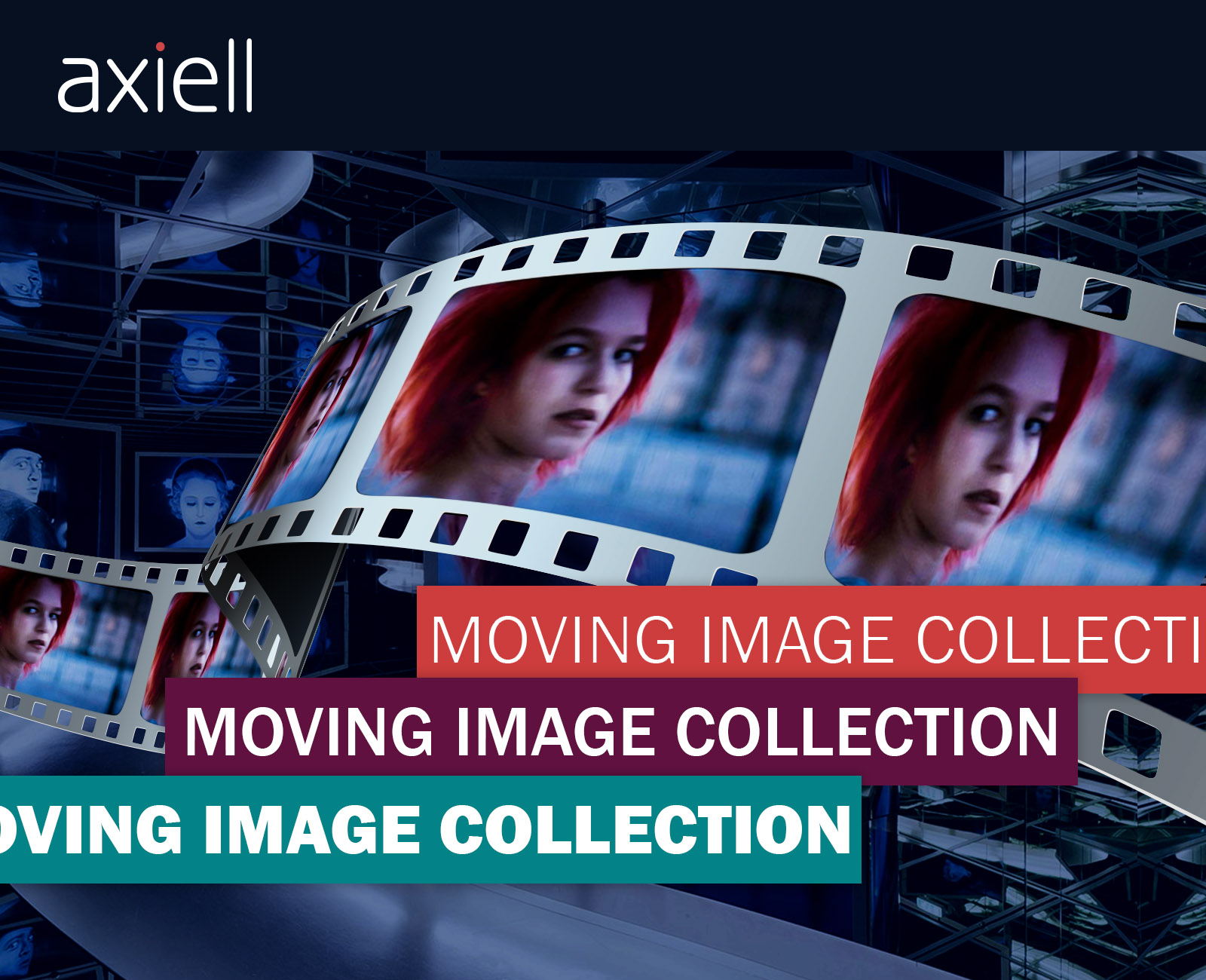From a career in the Missouri heritage sector to transforming the flow of data between systems at Axiell, we welcome our newest Product Consultant, Carol Clark! Carol brings with her a passion for data standards and a desire to create equity in the sector.
Read on to learn more about Carol, her views on data management, and what she considers the driving force behind today’s musetech.
How did you get your start in cultural heritage sector?
I started my career interested in education and interpretation. I majored in ethnomusicology as an undergraduate. Our music ensembles sometimes performed at the museum on campus, including teaching the audience about the musical traditions we played. This allowed me to see museums as vibrant, living cultural spaces, and started my interest in working in the culture sector.
In my 20s I had several friends involved in historical re-enacting and I made clothing for them, often using museum websites and exhibition catalogues in the research and design process. I learned firsthand how good cataloguing supports researchers, and became interested in supporting the study of history through museum collections.
Tell me about your first gig at a cultural institution.
At the end of my Museum Studies program, I had an internship with the Missouri Historical Society where I worked with registration and collections management, and that started to define the direction of my career. From there I worked at small museums and state park historical sites handling undermanaged collections.
Eventually in 2013 I returned to the Missouri Historical Society in a cataloguer position working on their backlog. They had recently merged all their collecting areas into Axiell’s Mimsy Collections Management System including archives, moving image and sound, photos and prints, objects, and library special collections, each of which had previously had a separate database.
While working on the cataloguing backlog, I also served on the data standards committee, where I learned more about the inner workings of Mimsy. I started to see patterns in our work and areas of the museum that could be transformed by better use of the CMS. That’s my origin story for becoming a data geek.
Soon after you were part of building the integration with Piction DAMS, right?
Because of my interest in connecting and standardizing data and building systems interoperability I was asked to be part of the Mimsy and Piction integration team. It was then that I started to really understand how much untapped potential lied within siloed systems and how much efficiency could be improved by creating connections. That’s part of how I ended up working on Axiell Flow in my current role. But more on that later.
What happened next?
In 2016 I accepted a role as the CMS administrator at the Saint Louis Art Museum (SLAM). The Museum was farther on its digital journey and it’s where I took my data geeking to the next level, gaining technical skills like working with SQL, Crytal Reports, and Power BI– all that techy stuff. SLAM was also implementing Piction, and I was deeply involved in the technical aspects of the CMS/Piction integration.
During this time, I became increasingly interested in the CMS options available to institutions and realized that there was no perfect system – they all have strengths and areas for improvement. I enjoyed Balboa Park Online Collaborative’s “Dreaming of a Better CMS” webinar series and appreciated the candid discussion of what museums need from CMS products.
After cultivating my technical skills for a few years, I felt like my energy would be better spent working to shape museum technology from the source, rather than implementing and configuring it for a single institution. I wanted to join a company where I could help museums move away from data silos by using their CMS and software products more effectively.
What drew you to Axiell?
Well, when I started looking for new opportunities, I noticed that Axiell recognizes the need for standards and interoperability. Even when we customize a system for a customer, we encourage them to make their modifications align with internationally accepted standards. Among other things, this makes it easier for them to share data with content aggregators like DPLA and Europeana, and makes published data easier for researchers to use.
I also really appreciated that Axiell’s user conferences are free so that the cost of the event is not a burden for customers and people trying to learn the system. Free events and free online resources reduce barriers for entry into the sector and create an equity of access to knowledge that I value. It’s a great way to support new talent joining the sector, who can gain basic familiarity with the software without taking on extra training expenses.
What are you excited about at Axiell?
I find Axiell Flow fascinating. After years as a CMS Admin, I grew frustrated with how much time users spent on repetitive tasks that could not be easily automated in the tools available, and I began looking into options to create custom apps that could integrate with the CMS. That said, I believe that CMS administrators should not have to build software products! The sector should have access to quality, integrated tools to handle internal workflow. Axiell Flow was built to streamline the operations of a museum, which is desperately needed and exciting to see.
What do you see as the driving force behind musetech right now?
The call for integrated systems is growing quickly. For example, connecting the CMS with ticketing, donor management, etc. So many institutions have overwhelming volumes of data siloed in these separate systems. The need to connect this information is a major driving force – connecting it both internally, for efficient operations, and across institutions, for deeper knowledge.
I’m starting to see a shift in the way museums think about using APIs and other data bridges to make this possible. Having a fully connected data ecosystem is transformative, and institutions who embrace this idea will be able to take on ambitious projects that are currently out of reach.
Tell me about your new role at Axiell!
I’m half working on migration planning for Mimsy customers who want to move to Axiell Collections, and half working on Axiell Flow.
In theme with my interests, I chose this role because it gives me the opportunity to support institutions who are moving to newer systems, optimizing the configurations so that they can get the most out of their tools.
I am excited about Axiell Flow and am eager to help customers use it to streamline processes so that they can free up time for the forward-thinking work necessary for their digital transformation. But one step at a time!
Thank you, Carol, for connecting with me and welcome to the Axiell community. Catch Carol at an upcoming event soon!




